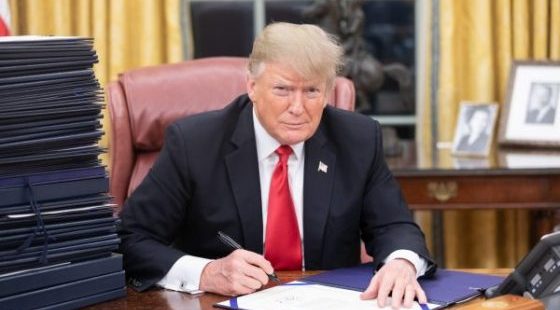Real estate analysts predict continued gloom for Las Vegas, and pretty much the rest of the nation as we approach Mortgage Meltdown: Wave Two.
From the Las Vegas Review Journal:
While the “subprime tsunami†brought the first wave of foreclosures to Las Vegas, the next wave is coming from more credit-worthy borrowers in higher-end homes and from homeowners who’ve lost their jobs or have negative equity in their homes and can’t sell.
The Mortgage Bankers Association is reporting some 7 million home loans in default, creating what some analysts have called a “shadow inventory†of foreclosures being held by banks.
“We’re looking at numbers that are somewhat hyperbolic, certainly breathless,†Sharga said. “Of the delinquent loans, the ones that will probably go back to the bank are somewhere in the neighborhood of 2.5 million. That’s the shadow inventory that will gradually be making its way to the market over the next three years.â€
Rick Sharga is the senior vice president of Irvine, Calif.-based RealtyTrac, so he is a pretty good source for the legitimacy of the numbers cited above.
Of the 2.5 million homes that will likely be returning to the bank because of non-payment, about 2.5 million will be absolutely worthless. When we talk about toxic debt, this is what we are referring to. Once a homeowner defaults on their payments, the banks are earning no revenue whatsoever from the loan. In fact, they may be losing money on the defaulted loan because of property taxes and up-keep of the property that they now own. And even though a real estate agent lists a particular foreclosed home at a specific selling price, that home is worth exactly $0 until a buyer is willing to pay for it. The asset is toxic. Incidentally, this is what the big hooplah was about regarding mark-to-market (what it is actually worth) and the concept of mark-to-fantasy (what the banks, Fed, Treasury, and the White House say it is worth). In the interest of self preservation, mark-to-fantasy was the model chosen in April of 2008 (and what a book we’ve had since then!)
In Real Estate Crash: The Sequel, Aware Brain discusses the housing market dilemna:
These homes need to be absorbed by the marketplace at some point. How will that affect home prices and the economy? Well if 2 million extra houses in 2007 had the devastating effect we already have seen, what will 8 million extra homes have?
Let’s see what the experts think:
“Eight million homes with delinquent mortgages represent a staggering 300% of the normal supply of existing homes for sale. With 3.63 million units now on the market, one million above the long-term average, an inundation of foreclosures represents a fatal death blow capable of inflicting brutal damage on the largest financial market in the world,†says Seeking Alpha.
Pete Flint, CEO of Trulia.com, predicts that home prices will drop, inventory levels will creep back up, and mortgage rates will increase _ all leading to the continuing struggle of the housing market. “I hate to be a naysayer but we still have a long road ahead of to reach a healthy market,†Flint said.
An interesting and scary proposition.
Note that there are 7 to 8 million homes in default currently (i.e. the shadow inventory). But with mortgage resets ready to start hitting in the second quarter of next year and throughout the following 12 – 36 months, we can expect an even higher default rate.
This begs the question: what will happen to real estate prices?
There is, of course, a debate about whether or not housing prices have bottomed and are now in an up trend, or if they will continue to decline further. In Mortgage Meltdown: Wave Two, we opined:
Some estimates have forecasted that real estate is set to decline another 10% to 15%. But, what if the next wave collapses our real estate market another 30%, or even 50%? Doesn’t sound possible does it? For non-believers, we direct your attention to the Japanese real estate bubble of the 1990’s compared to the USA through 2008.
Most people find it difficult to believe that a decline in real estate could be so severe that homes and land actually lose 70% or 80% of their real value in a crash. Believe it, because it has happened in the past and it can happen now.
Recommended Reading: A Forecast for Real Estate by Martin Armstrong










0 Comments